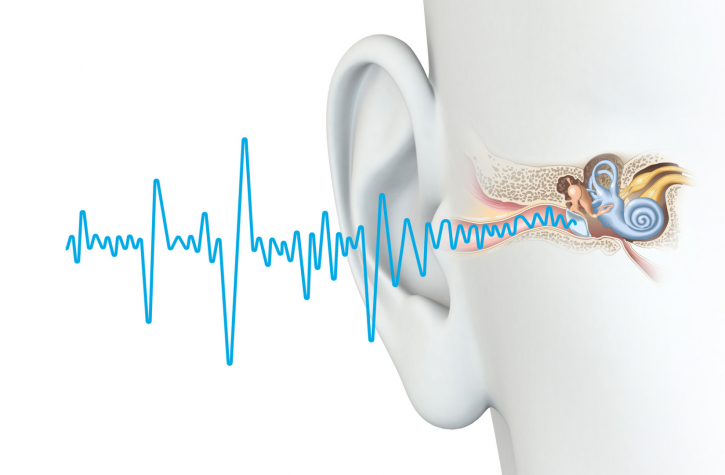Tinnitus And Blair Upper Cervical Care | Could Inner Ear Muscle Dysfunction Be The Cause?
Tinnitus is one of the most misunderstood and most difficult conditions to correct. Current medical science has little to offer on what causes tinnitus, and even less to offer in forms of successful treatment. While we do not have a magic bullet for tinnitus, in the following blog we will attempt to shed some light on what some of the literature is saying about its origin. We will then introduce a little-known procedure that may help end your nightmare.
Tinnitus is defined as a ringing, roaring, or whining in the ear that may be either constant or transient. Some patients find that tinnitus is made worse by stress, however, many find no real correlation to what makes it ebb and flow. Tinnitus is also very common with, vertigo, TMJ, and cognitive fog.
What Does The Research Say?
There are several peers reviewed studies in the literature that implicate the tensor tympani and stapedius muscles involvement. Hypertonicity of these muscles can cause tension on the insertion of the muscle that connects to a piece of cartilage in the inner ear. This increase in tension creates stress that then alters sensory input to the nerve system. Another article suggests that clonus (tightening of the muscle) is responsible for the clicking sensation that some tinnitus sufferers experience.
Medical Intervention:
There is no known medical treatment that is effective for tinnitus sufferers. With that said, many patients report that anti-anxiety medication, wine, and other outside influences decrease or temporarily eliminate tinnitus symptoms. It appears that when there is the normal tone in these two muscles, there is normal neurological input into the central nervous system (CNS). However, when these muscles become spastic it sends an aberrant signal into the CNS causing the replication of tinnitus symptoms. If anti-anxiety medication and other muscle relaxers help temporarily by reducing spasms in these muscles, what can one do to remove one of the underlying causes of their tinnitus?
Blair Upper Cervical Care and Tinnitus:
While Upper Cervical Care does not correct Tinnitus in 100 percent of the patients, approximately 30 percent of those that come to us have 90 percent improvement. Another 40 percent improve about 50-70 percent while the other 20 percent seem to be unchanged. We wish there was a 100 percent success rate, but with that said, the patients who are relieved of their constant noise are grateful.
[responsive_video type=’youtube’ hide_related=’1′ hide_logo=’1′ hide_controls=’1′ hide_title=’1′ hide_fullscreen=’1′ autoplay=’0′]https://www.youtube.com/watch?v=9rFjSJDKTlA[/responsive_video]
Dr. Dan Murphy explains how the stapedius and tensor tympani muscle can be affected by upper cervical injury. Many tinnituses suffer notice that their onset of tinnitus happens following a neck injury. The onset can be explained by muscle, ligament and soft tissue injury to the neck. When someone experiences whiplash they lose normal joint biomechanics. This loss of motion sends aberrant neurological input into the CNS which can underlie chronic hypertonicity of the stapedius and tensor tympani muscles. Remove the interference and health returns!
The Objective Of Blair Upper Cervical:
The objective of Blair Upper Cervical Chiropractic is to correct vertebral subluxation in the upper neck. When subluxations are corrected this allows the bodies own inherent healing potential to increase. Blair Chiropractors run a series of objective tests to determine if a patient is suffering from vertebral subluxation. If this condition is found, then precise articular (joint) x-rays are taken to view the direction of the spinal misalignment. The precise x-ray also allows the doctor to measure the joints angulation. Each person is built differently and misalignments are unique to each individual. After a spinal correction is made normal nerve function is restored and the body will return to the best health possible.



